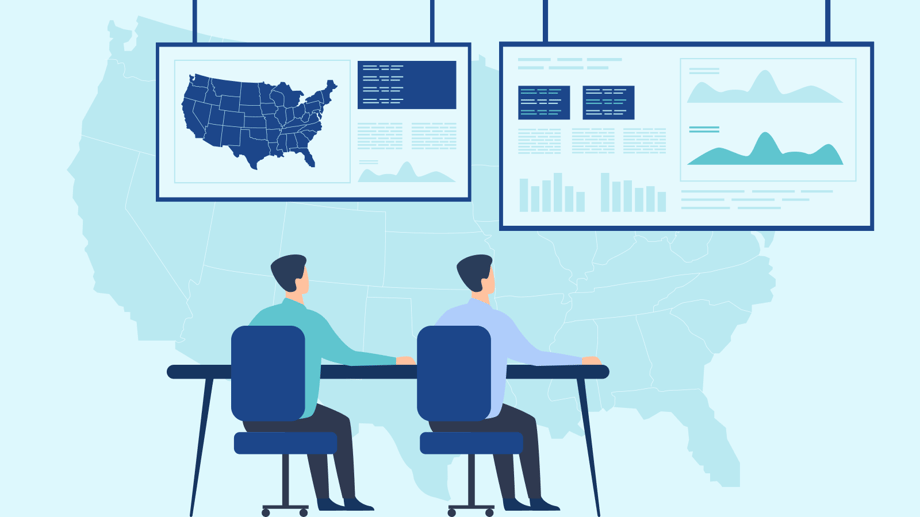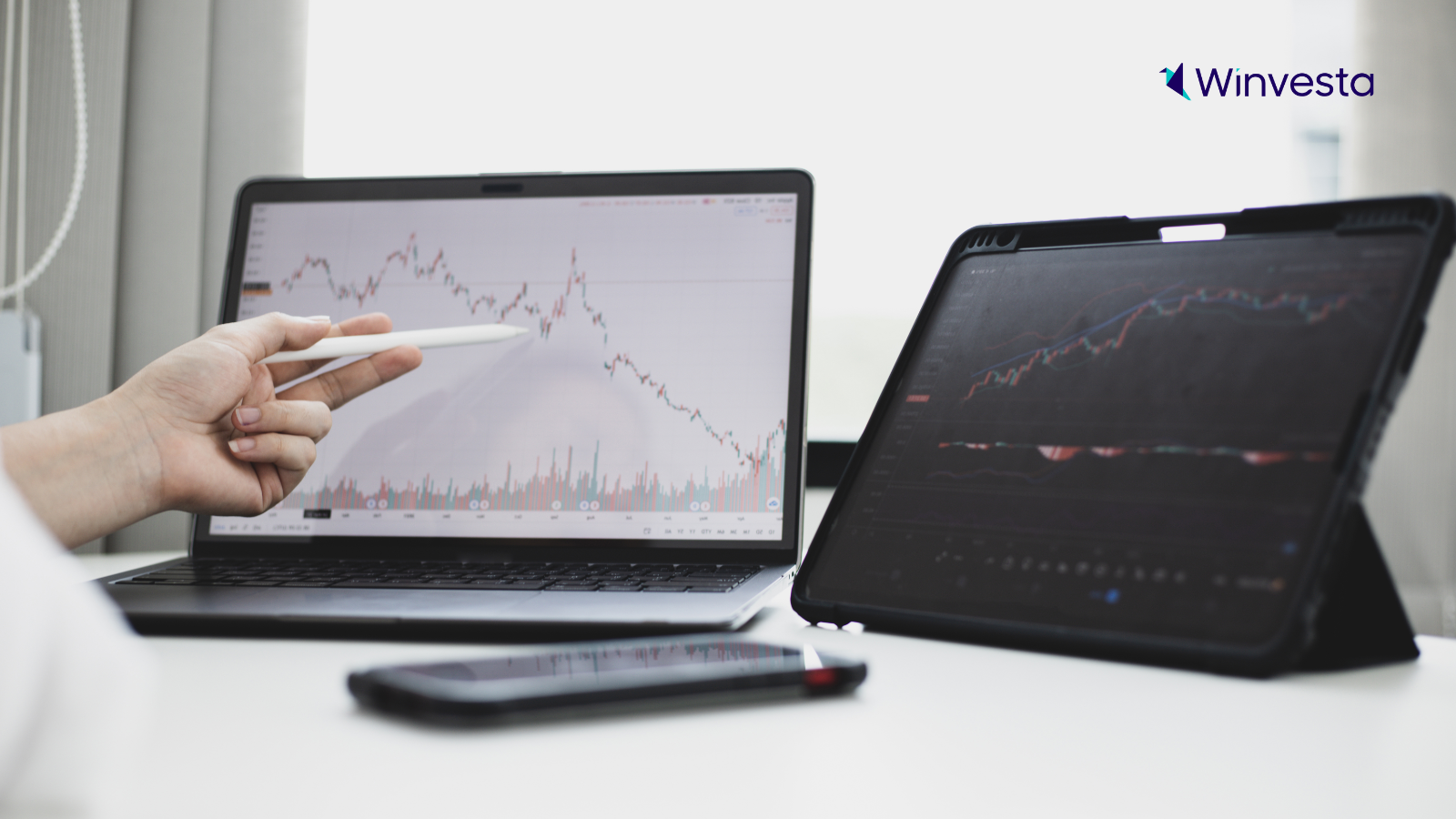Contents
What Are The Macroeconomic Factors Affecting the US Stock Market?
3 minutes read
14 May 2024

Investing can seem like a complex play when you are just starting out. It’s not rocket science though, and with a little knowledge, you can become a good investor. You may have heard and read of macro-economic factors and data making the headlines and affecting the stock market. We will try to understand what these factors are and go through a few of them in this article.
What are macroeconomic factors?
Macroeconomic factors are events, patterns, or scenarios that relate to and affect a large part of an economy. They can fall under economic, natural, or geographical categories, amongst a few. Interest rates, unemployment, and national productivity are some examples of macroeconomic factors.
Macroeconomic factors can impact different companies and sectors disproportionately. They also form part of the larger sentiment on a sector or economy. Considering these factors is a natural step in decision making after a fundamental analysis of a company, before finalizing an investment. It can help minimize risk and increase gains in a portfolio.
Examples of macroeconomic factors
Cutting to the chase, here are some of the macroeconomic factors that affect the US Stock market (and many other markets outside the US):
Gross Domestic Product (GDP)
In simple words, the GDP of a country offers a glance at the economic health. The all-encompassing macroeconomic factor accounts for the value of all the finished goods and services of a country in a period. In the US, you get annual and quarterly GDP releases. With the GDP and GDP growth numbers, you can figure if there is growth or decline in the country’s economy.
Good GDP growth increases the appeal of investing in a country. A big decline in GDP growth can be bad for the country’s stock market on the other hand.
Natural & Man-Made Events
Many events jolt the economy in the short-term and may have long-lasting effects as well. We sometimes overlook the long-term impact of such events even though many sectors may struggle to fully recover after such an event.
As an example, if an earthquake or a tsunami strikes a city with high economic activity, markets will fluctuate. Markets may stay depressed until the damage is reversed, and the economic activity resumes. Companies that have specific exposure to the affected zone would fare worse than others.
The same scenario applies to human-made events too. The most suitable example is the current pandemic. It was a bloodbath for the stock market in early 2020 when Covid-19 began to spread across countries. Many sectors underperformed, while others flourished.
Interest Rates
Interest rates have a direct link to the stock market. High Interest will negatively influence the stock market. High-interest rates impact a company’s stock price negatively in two ways:
- It reduces and restricts the borrowing capacity for businesses, increasing their expense on interest payments.
- A company’s valuation is based on the present value of its future earnings. Higher interest rates mean lower present value of future earnings and hence a lower valuation.
High growth companies with far-dated profits have a more severe reaction to increasing interest rates and outperform in low-interest environments.
Higher interest rates also create alternate opportunities for investors to save more cash and invest in bonds, taking money out of the stock market. Higher saving also reduces spending in the economy, leading to lower revenues for companies.
Inflation
Inflation and consumer spending go hand in hand; if the costs of goods and services continue rising, spending on basic goods increases. Consumers don’t have much purchasing power left for non-essential items. So
- There is less investment in stocks as it’s non-essential, and
- There is less spending on non-essential items, which can also impact many businesses.
Either way, stock prices are indirectly affected when inflation occurs. However, certain stocks like oil, consumer staples, gold, healthcare, and material stocks benefit from inflation. The Consumer Price Index (CPI) and Producer Price Index (PPI) measure price changes in a range of goods and services and are a good gauge of inflation.
Unemployment
Another biggest precursor of consumer spending is wages. If unemployment is high, then consumer spending drops. This is obvious as unemployment means there is a lower flow of cash that powers consumer spending. Similar to the point above on inflation, limited funds equate to lower spend on non-essentials. Thus, the same narrative plays out in this scenario too. Certain stocks like consumer staples and defensive sectors are usually the better-performing stocks in a high unemployment environment.
It is evident from the mentioned factors that just the earnings or key data of a company may not be enough to control its stock price. One must consider macroeconomic factors as well prior to investing in a company.



